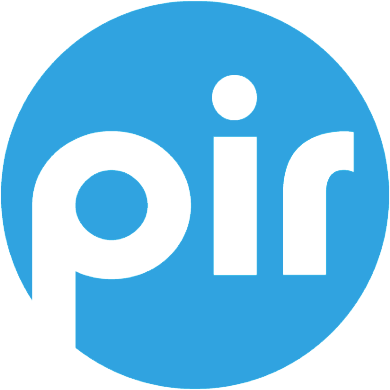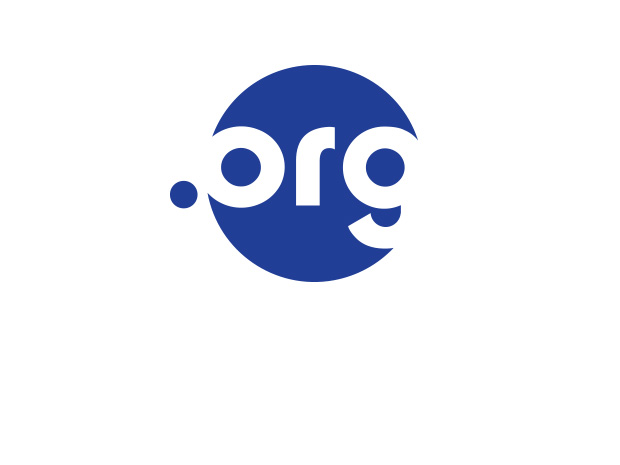Sometimes, large organizations – like the American Red Cross or International Rescue Committee – lead global humanitarian support efforts and need a specific website landing page. Other times, local issues strike communities or regions and individuals can play an active role in recovery efforts by starting new organizations and websites. No matter the scale of the tragedy or response effort, websites make it easy to generate support. What’s more, websites can provide a level of security when it comes to safeguarding the sensitive information and financial transactions of donors.
Creating a website may seem like a daunting task – especially when you’re in the middle of a crisis or disaster – but when you need a website in a time of need, it can be set up quickly in three easy steps:
#1 – Select a domain name
It’s important to select a domain name that aligns with your brand’s mission. Whether you’re creating a site for an entirely new organization or simply launching a new initiative, the domain name will represent how your brand is identified online. It should be short, memorable and on-message for your mission or organization.
Once you decide on your domain name, you will need to choose a domain extension – i.e., .org – and check on your desired domain name’s availability. You can run a search on your registrar’s website to see whether the domain you’re interested in is already in use. As you think about which extension to use, consider selecting one that is well-established and trustworthy, and also consider how the extension will reflect on your cause. Many nonprofit organizations use a .org domain extension, as it is known for helping communities channel their passion toward a shared purpose. To see if your preferred .org domain is available, you can use the .org domain finder on our website here.
Beyond selecting a domain extension that aligns with your initiative or brand, it’s also important to choose options to secure your website, notably Domain Name System Security Extensions (DNSSEC) and Hypertext Transfer Protocol Secure (HTTPS). DNSSEC is an essential technology that digitally validates your data and website for visitors and helps to protect against attacks and vulnerabilities. Public Interest Registry has implemented DNSSEC for .org to bolster the domain’s security and stability. HTTPS is an important defense that protects web page authenticity and keeps user communications, identity and web browsing secure. (For more information on HTTPS, read our blog post on Helping To Secure Humanitarian Aid Organizations Online).
#2 – Buy the domain and hosting service
To obtain a domain name, the first step is to find a registrar. Registrars are companies authorized to register and sell domain names. We provide a list of global domain name registrars that can help you find and purchase a domain name, and have denoted which registrars have passed our test for DNSSEC.
Finally, for your domain to be visible on the internet, it must have a web hosting service. Web hosting is important because it provides virtual storage for the data associated with your domain name and the activity that will take place on your website – such as text, images, streaming media and video and financial data. Your domain registrar will likely offer web hosting service to accompany your domain name at the time of purchase. Pro tip: buy your domain name and hosting service together to save time and money.
#3 – Fill your website with helpful information
You’ll want to approach the home page or landing page with simplicity in mind, especially in times of tragedy. Provide clear messaging on who you are and what your organization is trying to accomplish. Avoid including too much information, which can confuse users or require frequent updates to keep it current.
When you set up your home page, pick one goal and make it the focal point of your page. Provide clear instructions on how supporters can donate money, volunteer time or send supplies – and where those donations go. Use short headlines and clear descriptions, and make sure your contact information is easy to find. If a visitor cannot easily identify what they are supporting and why, it may deter them from giving.
A great example of a clear landing page is the United Way of Central Oklahoma. Their landing page uses short headlines, highlights the donate button and provides information on which initiatives they’re supporting.
Speaking of donations, make sure your site is able to facilitate financial transactions. With a service provider in place to process the transactions, adding the coding to support a donate button is easier than you think. Or you can consider crowdfunding platforms for personal fundraising. Nonprofit Hub offers a helpful article about online donation tools to consider if you’re looking for a service provider or more information on the various processes available.
Tragedy can strike at any moment and we hope these steps have provided a clear path to establishing a website that can rally support just as immediately. No matter how big or small your organization is, you can use a website to help make an impact during an elevated time of need. For more on how a .org domain can help, see here.

